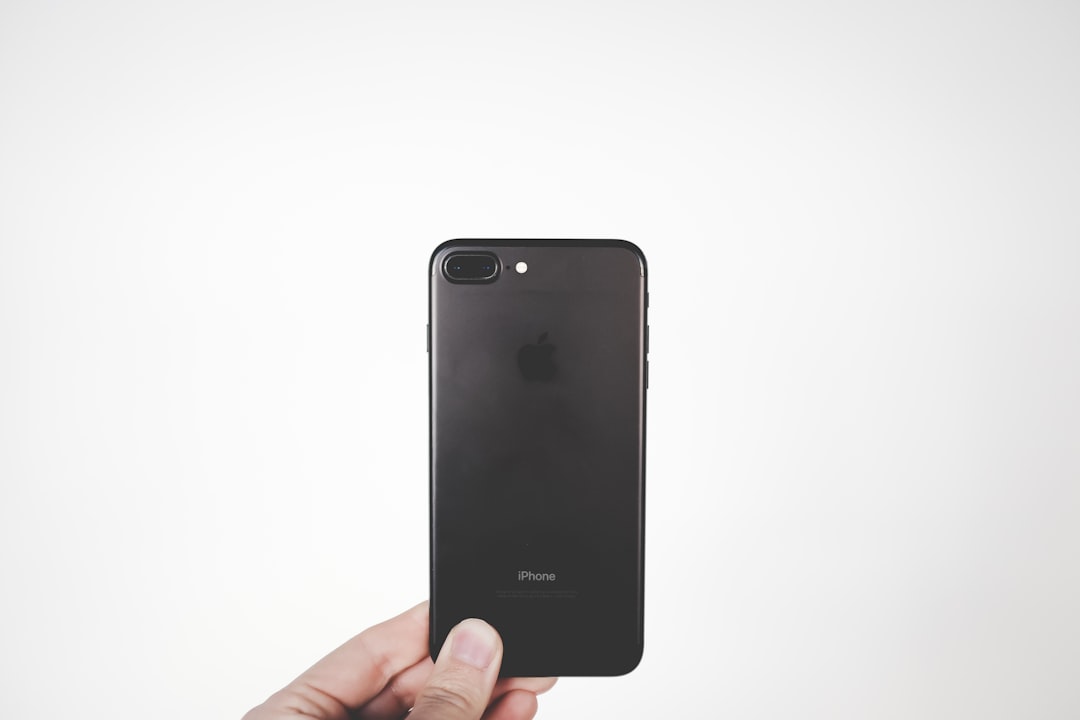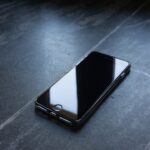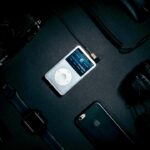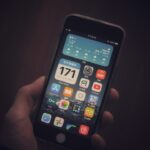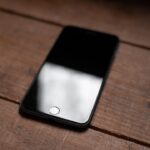Find My iPhone is a powerful tool developed by Apple that allows users to locate their lost or stolen devices. Launched in 2010 as part of the iCloud service, this feature has become an essential component of the Apple ecosystem, providing peace of mind to millions of users worldwide. The service not only helps in tracking down misplaced devices but also offers additional functionalities such as remote locking, data wiping, and sending alerts to deter unauthorized access.
With the increasing reliance on smartphones for personal and professional tasks, the importance of such a feature cannot be overstated. The integration of Find My iPhone into the broader Find My app has further enhanced its capabilities. This app combines the functionalities of locating Apple devices with tracking friends and family members who have opted to share their locations.
The seamless integration across devices, including iPhones, iPads, Macs, and even Apple Watches, showcases Apple’s commitment to user security and convenience. As technology continues to evolve, understanding how Find My iPhone operates and its effectiveness in various scenarios becomes crucial for users who wish to safeguard their devices.
Key Takeaways
- Find My iPhone is a valuable tool for locating lost or stolen Apple devices
- It works by using GPS, Wi-Fi, and cellular signals to pinpoint the location of the device
- Factors such as signal strength and environmental obstacles can affect the accuracy of Find My iPhone
- Users have reported mixed experiences with the accuracy of Find My iPhone, with some finding it very precise and others experiencing significant discrepancies
- The accuracy of Find My iPhone can vary in different environments, such as urban areas with tall buildings or rural areas with limited signal coverage
How Find My iPhone Works
At its core, Find My iPhone utilizes a combination of GPS, Wi-Fi, and cellular data to pinpoint the location of a device. When a user activates the feature on their iPhone, the device periodically sends its location data to Apple’s servers. This information is then accessible through the Find My app or via iCloud.com, allowing users to view their device’s location on a map.
The process is designed to be user-friendly; with just a few taps, individuals can track their devices in real-time. The technology behind Find My iPhone is sophisticated yet straightforward. When a device is lost, it can be located even if it is offline or has been reset to factory settings, provided that the “Find My” feature was enabled prior to the loss.
This is made possible through a network of Apple devices that can relay location information anonymously. For instance, if a lost iPhone comes within range of another Apple device with Bluetooth enabled, it can communicate its location back to the owner without compromising user privacy. This crowd-sourced approach significantly enhances the chances of recovering lost devices.
Factors Affecting Accuracy
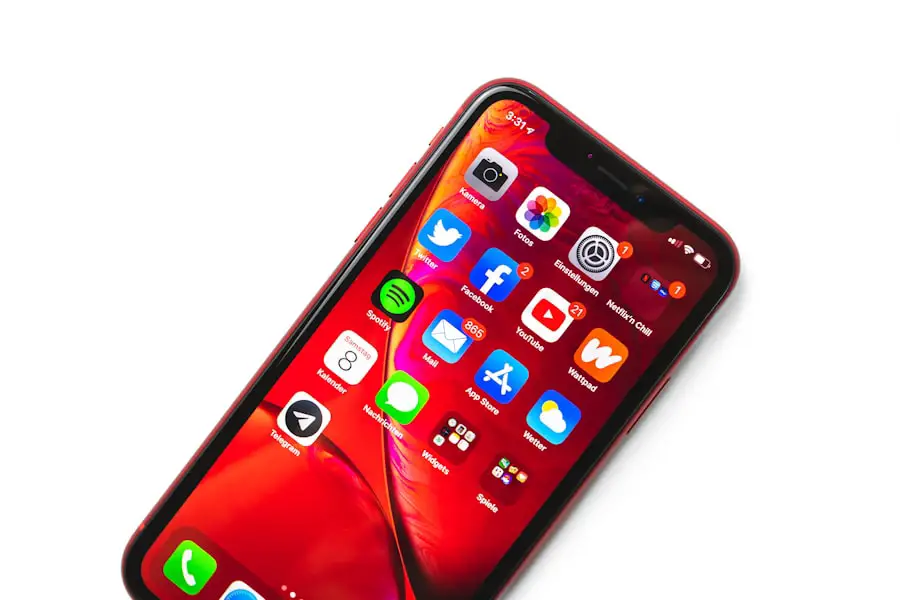
The accuracy of Find My iPhone can be influenced by several factors, including environmental conditions, device settings, and the availability of network connections. One of the primary determinants of accuracy is the method used for location tracking. GPS provides precise location data when outdoors and in open spaces; however, its effectiveness diminishes in urban areas with tall buildings or indoors where signals can be obstructed.
In such cases, Wi-Fi triangulation becomes crucial, as it can provide location estimates based on nearby networks. Another factor that can impact accuracy is the device’s battery life and settings. If a device is low on battery or has location services disabled, it may not be able to send its location effectively.
Additionally, users may inadvertently alter settings that affect Find My iPhone’s functionality, such as disabling Bluetooth or Wi-Fi. Understanding these factors is essential for users who rely on this feature for locating their devices.
User Experiences with Find My iPhone
| Metrics | Find My iPhone User Experiences |
|---|---|
| Ease of Use | Positive |
| Accuracy of Location Tracking | Highly Accurate |
| Reliability | Dependable |
| Overall Satisfaction | Very Satisfied |
User experiences with Find My iPhone vary widely, reflecting both positive outcomes and challenges faced during usage. Many users have reported successful recoveries of their lost devices thanks to the app’s capabilities. For instance, a user who misplaced their iPhone at a café was able to track it down within minutes using the app’s map feature.
The ability to play a sound on the device helped them locate it quickly, even when it was hidden under a table. Conversely, there are instances where users have encountered difficulties with Find My iPhone. Some have reported inaccuracies in location tracking, particularly in densely populated urban areas where GPS signals may be weak.
Others have experienced challenges when attempting to locate devices that were turned off or had their batteries drained. These mixed experiences highlight the importance of understanding the limitations of the technology while also appreciating its potential for aiding in device recovery.
Accuracy in Different Environments
The accuracy of Find My iPhone can significantly differ based on environmental factors. In open outdoor spaces, GPS provides highly accurate location data, often within a few meters. This level of precision is particularly beneficial for users who may have lost their devices in parks or other expansive areas where there are fewer obstructions.
However, as users move into urban environments characterized by tall buildings and dense infrastructure, GPS accuracy can diminish due to signal interference. Indoors, the challenges become even more pronounced. Wi-Fi triangulation can help provide approximate locations when GPS signals are unavailable; however, this method relies on the presence of known Wi-Fi networks nearby.
In homes or buildings without established Wi-Fi connections or where multiple networks overlap, the accuracy may suffer further. Users should be aware that while Find My iPhone is a valuable tool for locating devices, its effectiveness can vary greatly depending on the surrounding environment.
Improving the Accuracy of Find My iPhone
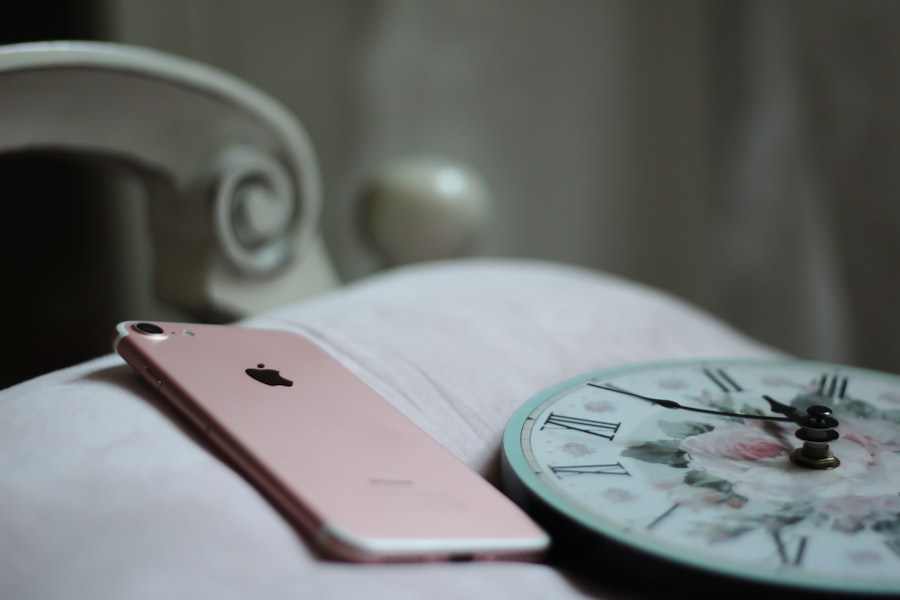
To enhance the accuracy of Find My iPhone, users can take several proactive steps. First and foremost, ensuring that location services are enabled and set to “Always” for the Find My app is crucial. This setting allows the app to access location data even when it is not actively being used, improving its ability to track the device accurately.
Additionally, keeping Bluetooth and Wi-Fi turned on can facilitate better location tracking through nearby networks and devices. Regularly updating the device’s software is another important measure for improving accuracy. Apple frequently releases updates that enhance functionality and address bugs that may affect location services.
Users should also consider enabling notifications for significant changes in their device’s status, such as when it goes offline or when its battery is low. By staying informed about their device’s condition and ensuring optimal settings are in place, users can significantly improve their chances of accurately locating their devices when needed.
Alternatives to Find My iPhone
While Find My iPhone is a robust solution for locating Apple devices, there are alternative services available for users who may seek different features or compatibility with non-Apple products. One popular alternative is Google’s Find My Device service, which offers similar functionalities for Android users. This service allows individuals to track their Android devices using GPS and provides options for remotely locking or erasing data.
Another alternative is Tile, a Bluetooth tracking device that can be attached to personal items such as keys or bags. Tile works through a dedicated app that leverages a community-based network to help locate lost items within proximity. While not as comprehensive as Find My iPhone in terms of device recovery features for smartphones, Tile offers an innovative solution for tracking everyday belongings.
Conclusion and Recommendations
In summary, Find My iPhone stands out as an essential tool for Apple users seeking to protect their devices from loss or theft. Its integration with other Apple services and user-friendly interface make it an invaluable resource in today’s digital age. However, understanding its limitations and factors affecting accuracy is crucial for maximizing its effectiveness.
For users looking to enhance their experience with Find My iPhone, ensuring optimal settings and staying informed about software updates are key steps. Additionally, exploring alternative tracking solutions may provide added layers of security for personal belongings beyond just smartphones. By leveraging these tools and strategies, individuals can better safeguard their devices and enjoy greater peace of mind in an increasingly connected world.
If you are wondering about the accuracy of Find My iPhone, you may want to check out this article on Get iPhone Info website. They provide detailed information on how the feature works and its reliability in tracking your device. Additionally, you can also visit their contact page for any further inquiries or concerns. Make sure to review their privacy policy to understand how your data is being used and protected while using Find My iPhone.
FAQs
What is Find My iPhone?
Find My iPhone is a feature developed by Apple that allows users to locate their lost or stolen iPhone, iPad, Mac, or other Apple devices. It uses the device’s GPS and internet connection to pinpoint its location on a map.
How accurate is Find My iPhone?
Find My iPhone is generally considered to be very accurate in locating a device. It uses a combination of GPS, Wi-Fi, and cellular data to provide the most precise location possible.
What factors can affect the accuracy of Find My iPhone?
The accuracy of Find My iPhone can be affected by various factors such as the strength of the device’s GPS signal, the availability of Wi-Fi and cellular data, and any physical obstructions that may interfere with the signal.
Can Find My iPhone be inaccurate at times?
While Find My iPhone is generally accurate, there may be instances where the location provided is not completely precise. This can happen if the device is in an area with poor GPS or cellular signal, or if there are other technical issues affecting the accuracy of the location data.
What should I do if Find My iPhone is not accurate?
If you believe that the location provided by Find My iPhone is not accurate, you can try refreshing the app or website to see if the location updates. If the issue persists, you can also try using other features such as Play Sound or Lost Mode to help locate your device. If you still have concerns, you can contact Apple Support for further assistance.
